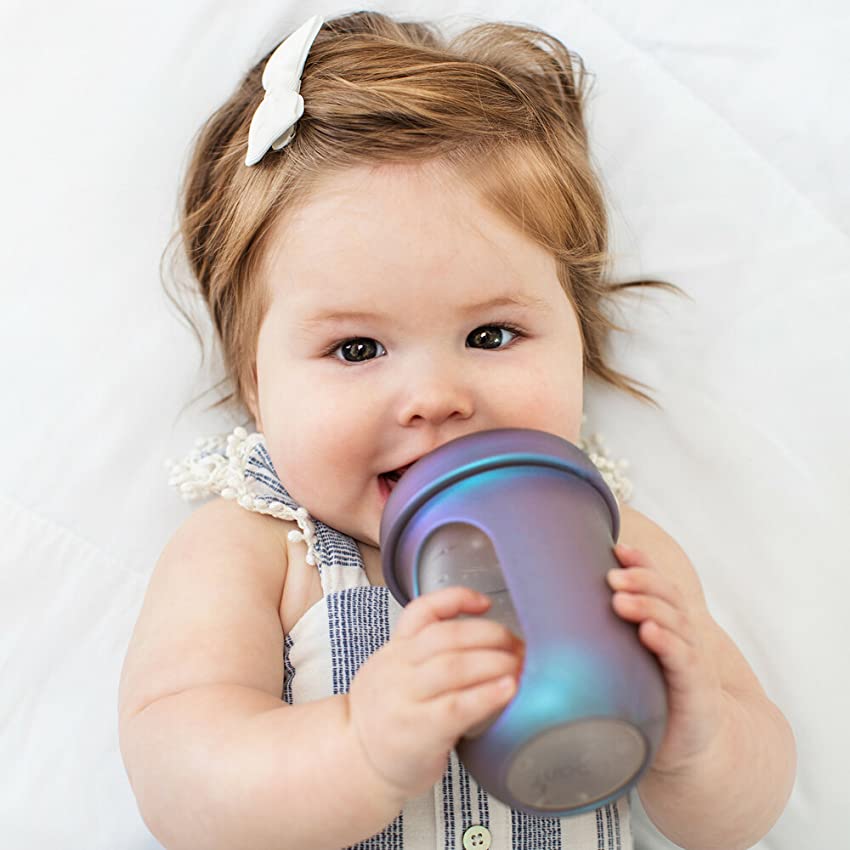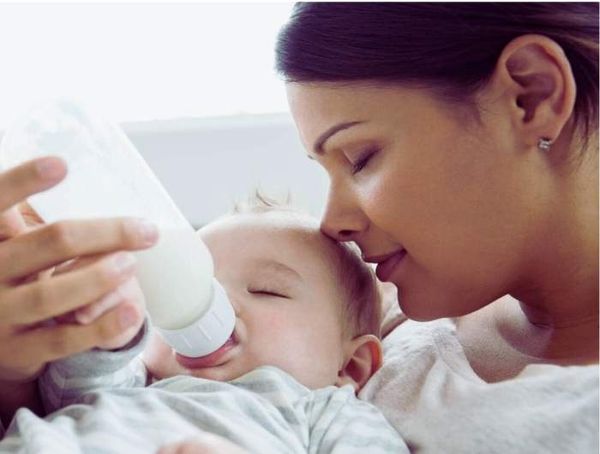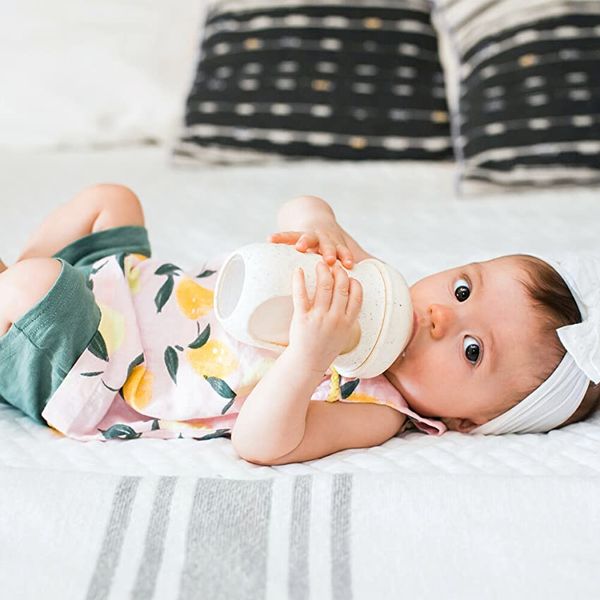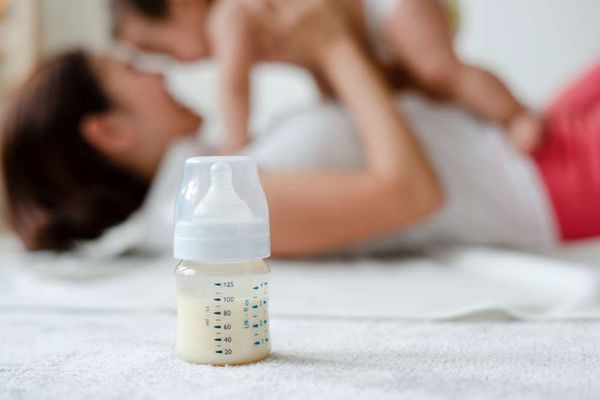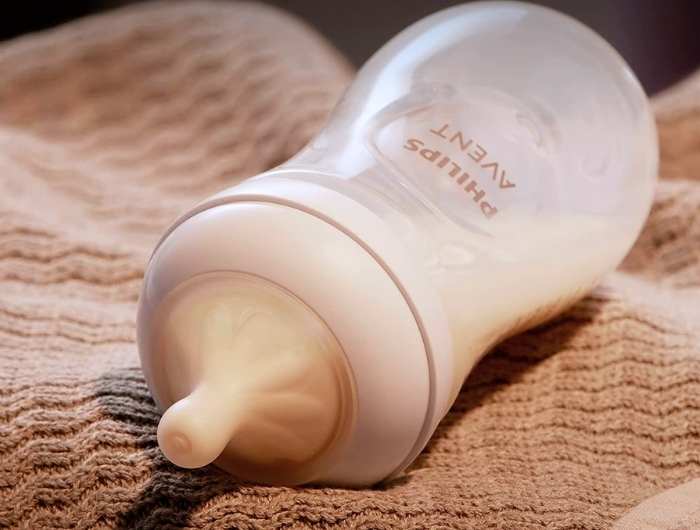But there is much more to discover when it comes to baby bottles and baby bottle brands. They are not only useful for feeding formula, but also for expressing and storing breast milk, or for offering water or juice to older babies.
In this blog post, we will share some tips and advice on how to select the best baby bottles for your needs.
Why Do Parents Use Baby Bottles
There are many reasons why parents use baby bottles for their babies. Some of the most common ones are:
Formula-Feeding
You are exclusively bottle feeding your baby. Formula is a nutritious alternative to breast milk that can provide all the essential nutrients your baby needs. You can prepare and store formula in baby bottles and feed your baby whenever he or she is hungry.
Supplementing Breastfeeding
You are breastfeeding but need to supplement with formula. Sometimes, you may not be able to produce enough breast milk for your baby, or you may have medical conditions that prevent you from breastfeeding exclusively.
In these cases, you can use baby bottles to offer some formula to your baby along with breast milk.
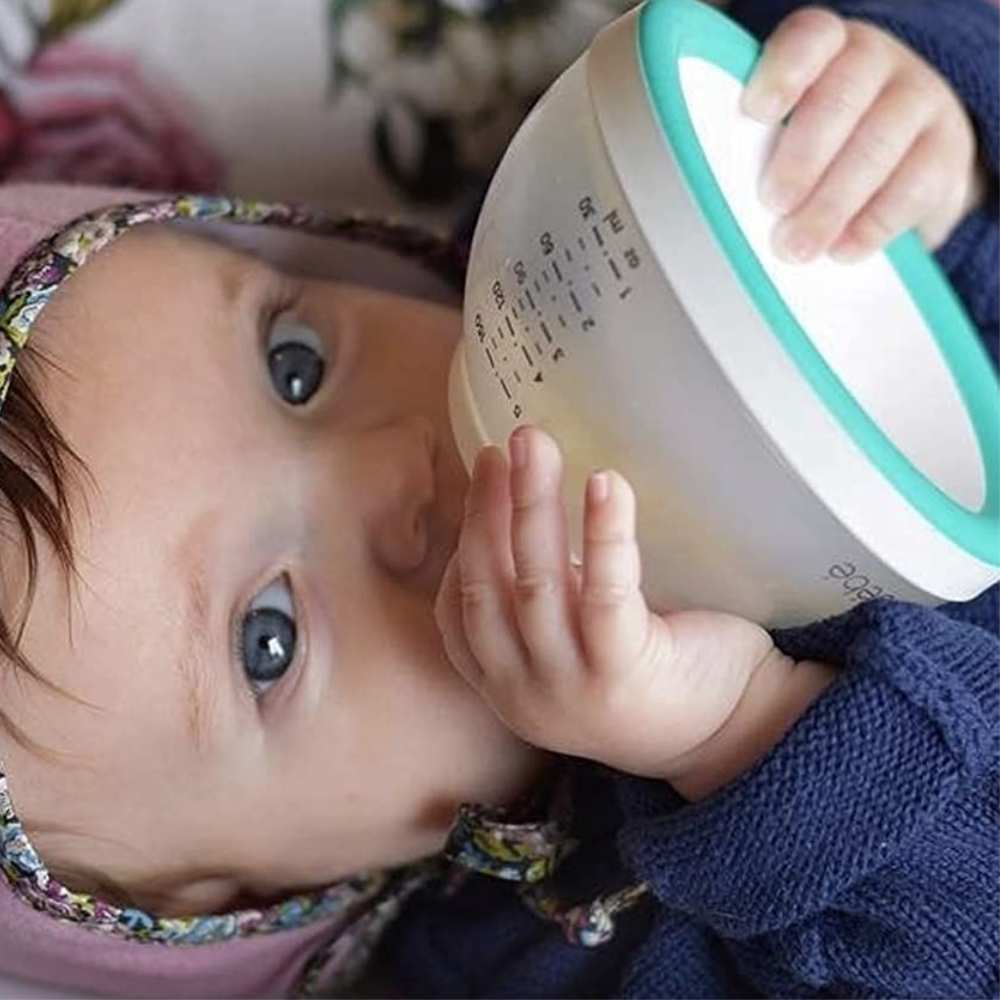
Pumping and Storing
You are pumping and storing breast milk. Pumping is a great way to maintain your milk supply and provide breast milk for your baby when you are away from him or her.
You can pump your breast milk into baby bottles and store them in the fridge or freezer until you need them. You can also use baby bottles to feed your baby the pumped breast milk when you are not around.
Introducing Other Liquids
You are introducing solids or other liquids to your baby. When your baby is ready to start solids, usually around 6 months of age, you can use baby bottles to offer him or her some water or juice along with solid foods.
Water and juice can help your baby stay hydrated and prevent constipation. You can also use baby bottles to offer some pureed fruits or vegetables to your baby as a first food.
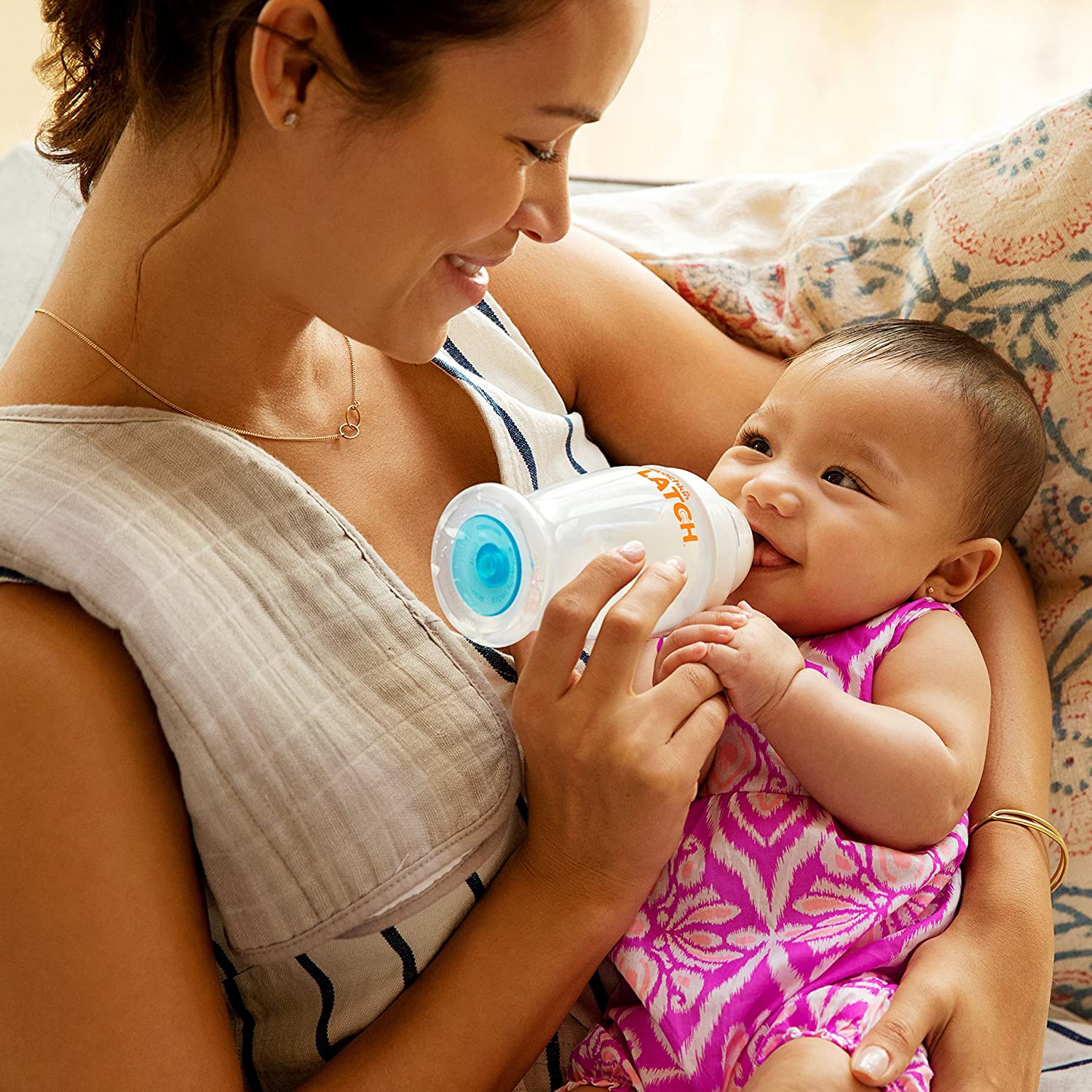
How To Choose Bottles And Nipples
There are many types and brands of baby bottles and nipples available in the market, and it can be overwhelming to choose the best ones for your baby. Here are some factors to consider when choosing the best baby bottles and nipples:
Bottle Size
Baby bottles come in different sizes and shapes to suit different ages and preferences of babies. The size of the bottle depends on how much milk your baby drinks at each feeding. Newborns usually need smaller bottles (4 oz or less) than older babies who need larger bottles (8 oz or more).
The shape of the bottle can be standard (straight), angled (bent), or wide-necked (shorter and wider).
Bottle Shape
Here we will list and describe all baby bottle shapes so that you can choose the best one for your baby’s feeding needs.
Standard Baby Bottles
Standard bottles come in a cylindrical shape with a narrow neck and wide base, making it easy for your baby to hold. The wider nipple base provides a natural latch and may reduce the amount of air your baby swallows while feeding. They are easy to hold and clean, but they may cause more air ingestion and colic in some babies.
Angled Baby Bottles
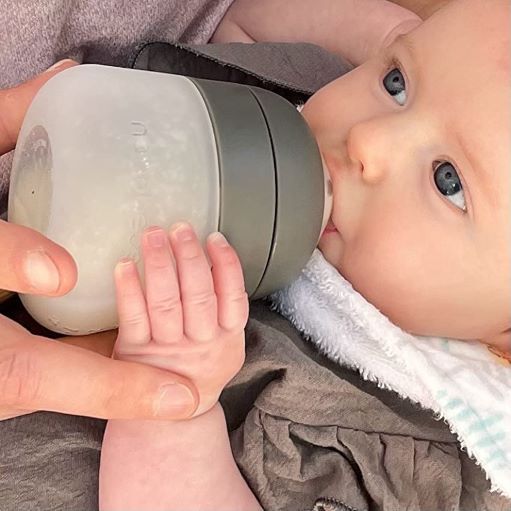
Angled bottles feature a sloping design that makes feeding more comfortable for your baby. The position of the nipple allows milk to flow easily and prevent air bubbles from getting trapped in the nipple.
They are designed to reduce air ingestion and colic by keeping the nipple full of milk at all times, but they are harder to clean and store than standard bottles.
Wide-neck Baby Bottles
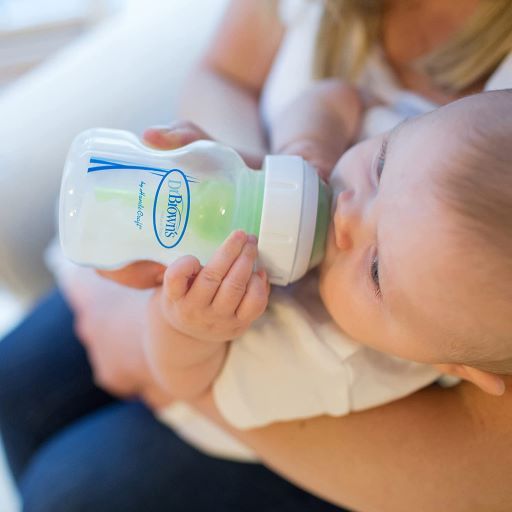
They have an opening that is broader than standard bottles, which make it easier to fill, clean and swap between breastfeeding and bottle feeding. It also resembles the breast’s shape, making it an ideal choice for breastfed babies.
Vented Baby Bottles
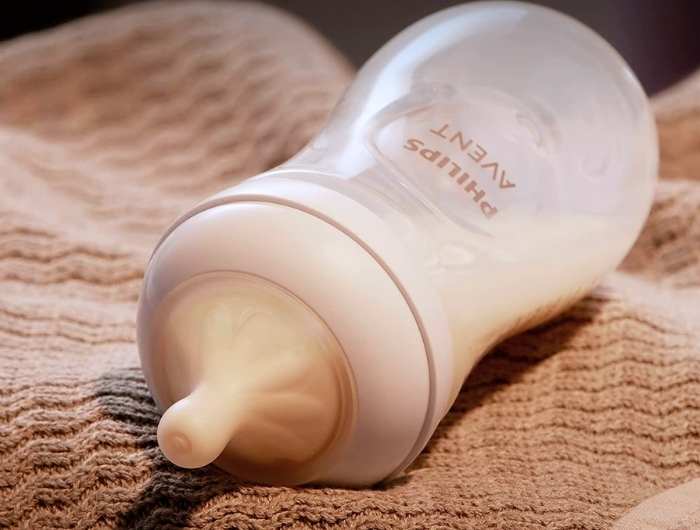
Vented bottles have a built-in vent system that reduces the amount of air bubbles that babies ingest. The vent design also helps to prevent nipple collapse and colic, making feeding less stressful for babies and moms.
Anti-colic Baby Bottles
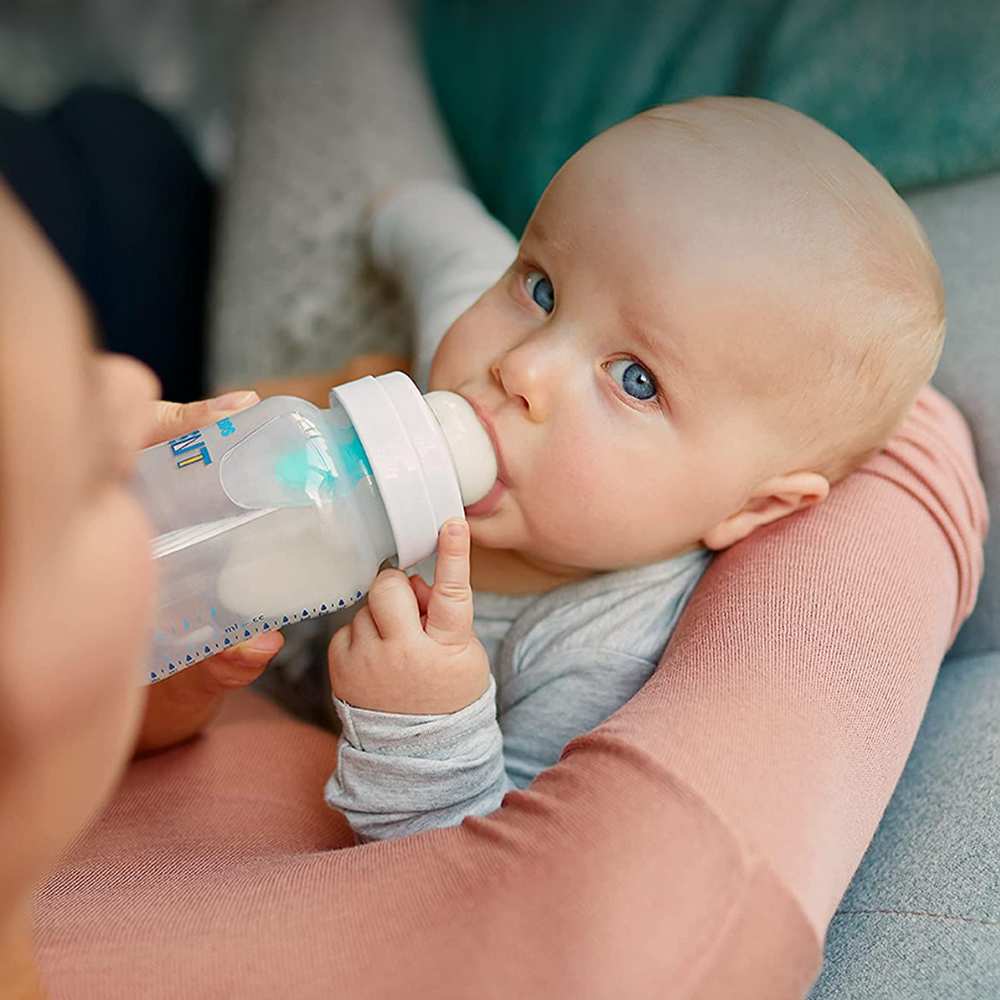
These bottles have a unique internal vent system that helps reduce colic, gas, and spit-up. They have a tapered nipple with a wide base to mimic the natural shape of the breast and promote a better latch.
Specialty Baby Bottles
They include those designed for premature babies or those with special feeding needs. They come in different shapes and sizes to accommodate the specific needs of these babies.
It's best to start with a standard bottle shape and assess your baby's feeding needs from there. By being aware of all the different baby bottle shapes available, you can find one that suits your baby's feeding needs and helps in their overall growth and development. And don't forget to get a bottle brush to help with cleaning.
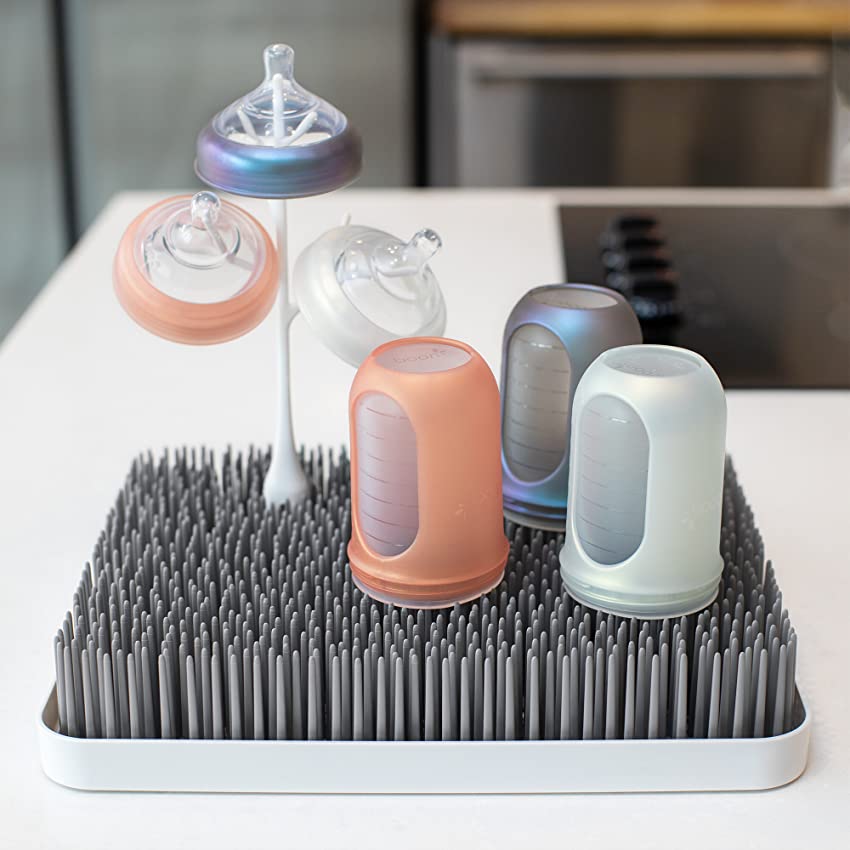
Material
Glass Bottles
are durable, eco-friendly, and easy to clean. Glass baby bottles do not leach any chemicals into the milk, and they can withstand high temperatures. However, they are also heavy, expensive, and prone to breaking.
You need to be careful when handling a glass bottle, especially around your baby.
Plastic Bottles
are lightweight, cheap, and widely available. Plastic baby bottles come in different shapes and sizes, and they are easy to hold and transport. However, they can also leach harmful chemicals like BPA into the milk, especially when heated or scratched.
You need to look for BPA-free plastic bottles and replace them regularly.
Silicone Bottles
are soft, flexible, and safe. They do not leach any chemicals into the milk, and they are gentle on your baby's gums and teeth. They are also easy to clean and sterilize. However, they are also expensive, hard to find, and prone to tearing.
You need to check them for any damage before each use.
Stainless Steel Bottles
are sturdy, rust-resistant, and insulated, but they are also very expensive and may alter the taste of the milk.
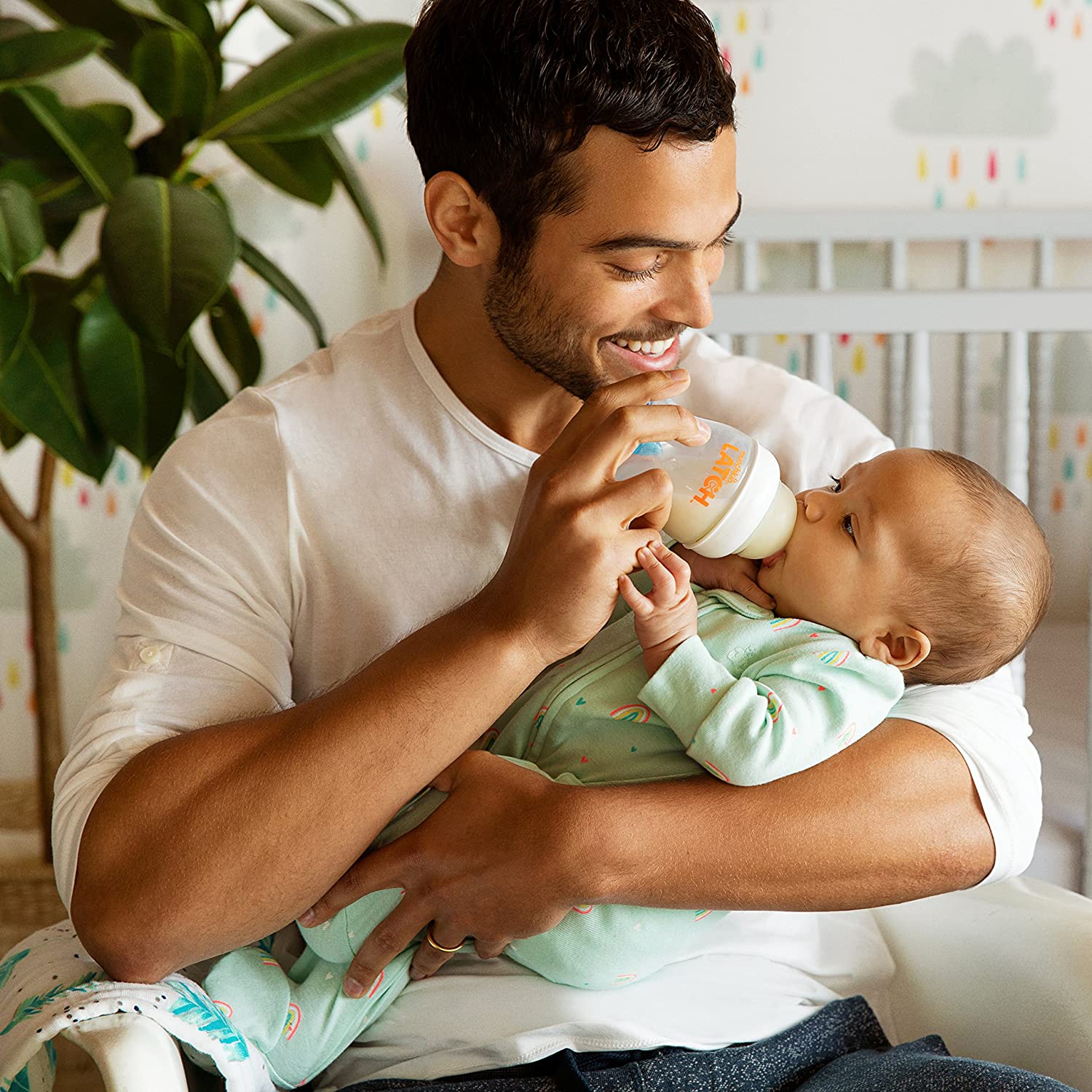
Bottle Nipple
The second thing you need to consider when choosing baby bottles is the nipple. The nipple is the part that your baby sucks on, and it can affect how your baby feeds and feels. There are several types of baby bottle nipples available, each with its own unique features.
Some common types include silicone, latex, traditional or standard, breast mimicking or naturally-shaped, orthodontic, anti-vacuum or vented, variable flow or multi-flow, and nipples for babies with a cleft lip.
It’s important to choose the right type of nipple for your baby’s needs to ensure they are getting the proper nutrition.
Nipple levels correlate to the nipple’s flow rate—that is, how quickly the milk will flow out of the bottle and through the nipple to your baby. Manufacturers typically categorize nipple levels by age.
Young babies take in smaller amounts of milk at a time, so they need nipples with a slower flow. These “level one” nipples tend to mimic breastfeeding because they require similar muscles.
As babies grow, they drink more milk at a quicker pace, so they usually upgrade to nipples with a quicker flow.
It’s important to note that every baby is different. Some newborns benefit from faster flow (especially if they eat aggressively), while some older babies might prefer a slower passage of milk.
So it’s important to experiment with different nipple shapes, sizes, and flow speeds to match your baby’s sucking style.
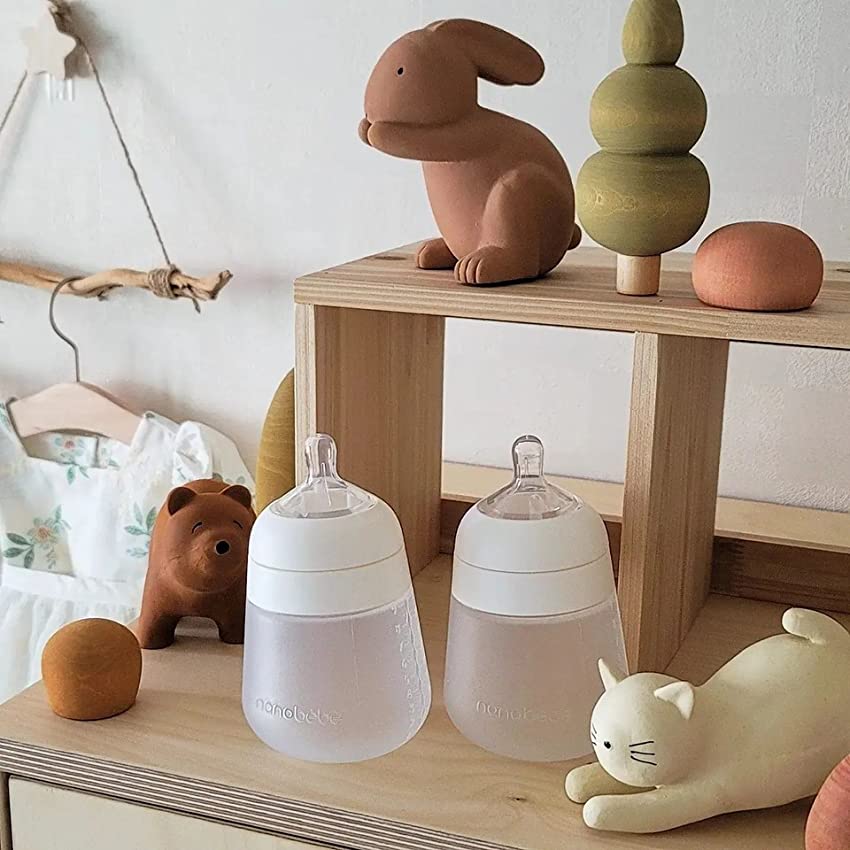
In summary, choosing the right type of bottle and nipple for your baby is important for their nutrition and comfort. There are several types available and it’s important to experiment to find the right one for your baby’s needs.
Thank you for reading Mother Bear Reviews, your favorite parenting blog!


